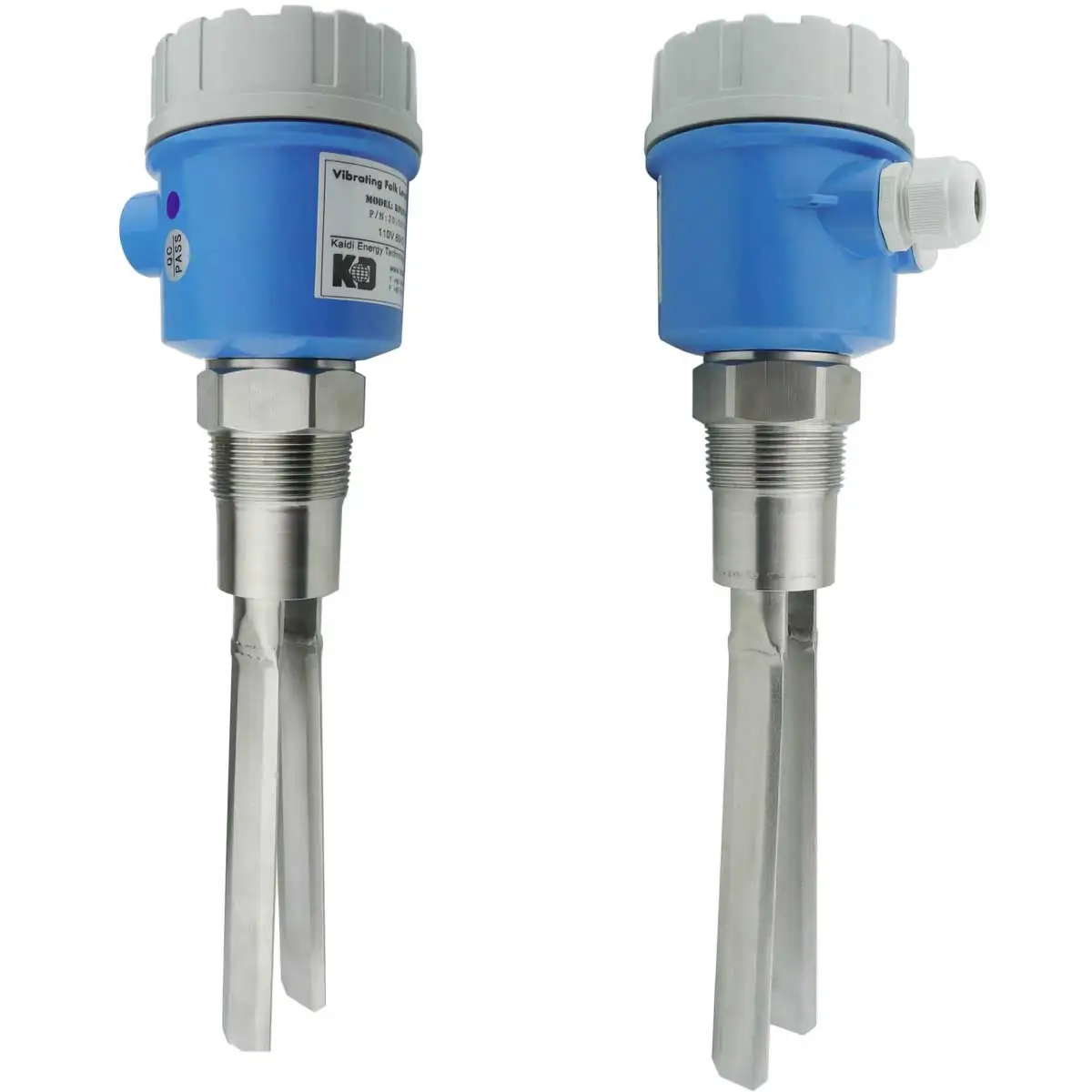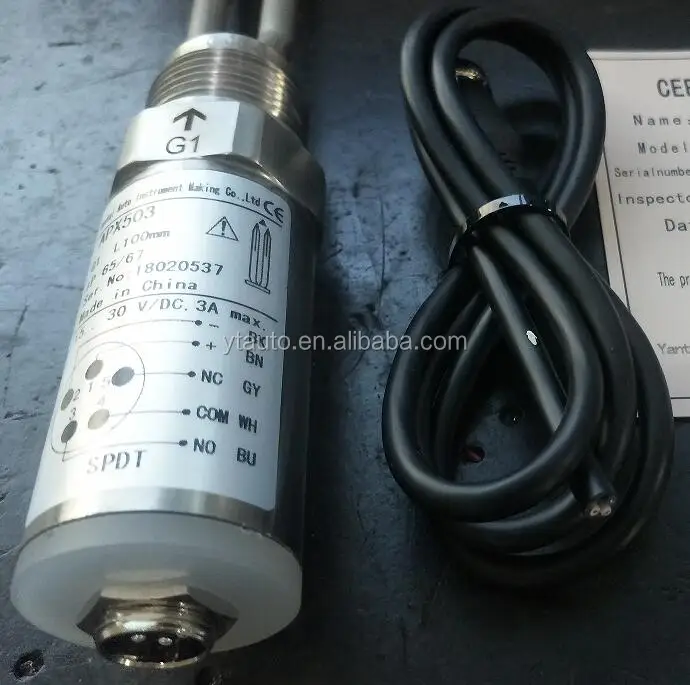
In turn, this enables the suppression of adhesive substances on the sensor tip or foam and the high level of sensitivity that is created over a large measurement range for the dielectric constants, enables limit detection for all sorts of adhesive materials, powders, granulates and liquids that alternative level switches, using vibrating forks, cannot handle. Through this method, the sensor ultimately relies on the analysis of the resonance circuit affected by the dielectric constant of the medium below the sensor tip. CleverLevel level sensor vs vibrating forksįirstly, where the CleverLevel stands out from the widely-used level switch devices is through the use of frequency sweep technology. To find out more, we spoke to their UK Product Market Manager for Position & Advanced Sensors, Amit Chohan.

Leading sensor and measurement device specialists, Baumer has developed the CleverLevel level sensor, a convenient, precise, easy, and maintenance-free solution that will take you into a new era of level detection technology. The use of traditional level switches that have vibrating forks can often lead to measuring errors, as the materials are prone to stick to the forks. This releases the spring pressure and changes the electrical output.Accurate and efficient level detection is often an incredibly important factor in processes that work with liquids and pasty materials. When the media level touches the displacer and submerges it, due to buoyancy force, the weight of the displacer in comparison to the acting media reduces. A displacer is used, which is a type of very heavy float, suspended by a spring. The displacer level switch works on the principle of weight change. It will act only if the media has some conductivity, which causes electrical resistance. Similar to the probes theory mentioned earlier, the variation of resistance between them (based on media level) varies the electrical output. The conductivity level switch working is similar to a capacitance level switch the only difference is that it works on resistance. As the level changes, capacitance varies and so is the electrical output. The capacitance between these two is varied by the level height of the media.

Similar to a capacitor, the switch has an insulated electrode that performs the role of the first plate, and the tank wall (reference electrode) performs the role of the second plate. Capacitive Level SwitchĪs the name implies, it works on capacitance. This shows that the pressure is the acting force for this switch. If the level is dropping, then the diaphragm will move downwards by the media and cause an increase in below-face pressure, changing the electrical output. If the level is rising, then the diaphragm will move upwards by the media and cause a decrease in below-face pressure, changing the electrical output. The diaphragm level switch consists of a diaphragm inside a module that rises up and down according to the pressure of the media applied. The switch is moved by the magnet which changes its position according to the floating level sensed. It is this switch that gives an electrical signal. The switch constitutes a magnet with a reed switch inside. The float level switch is mounted or floating on the media to be sensed. The float switch is the most used type of level switch.

If the tank level goes low, then the input will turn off and the PLC will turn off the pump. It will sense the level of the tank and give an output to the PLC – either on or off. It is a transducer that uses various level sensing methods to convert mechanical energy into electrical energy. So, to avoid this, a level switch is installed in the tank.

If the tank level goes low and still the pump is running, then it will damage it. When the pump is running, it is important to see that the tank is filled with water. You have a pump sucking water from it (the pump is controlled by PLC). Suppose you have a tank filled with water. A level switch is a digital input instrument, whereas a level transmitter is an analog input transmitter. As tanks are used in almost every process, it is important to know how much tank is filled or empty.įor this, two types of instruments are used – level switch and level transmitter. In an automation process, measuring the level of a liquid, powder, or granule is very important. In this post, we will learn about the level switch and the types of level switches.


 0 kommentar(er)
0 kommentar(er)
